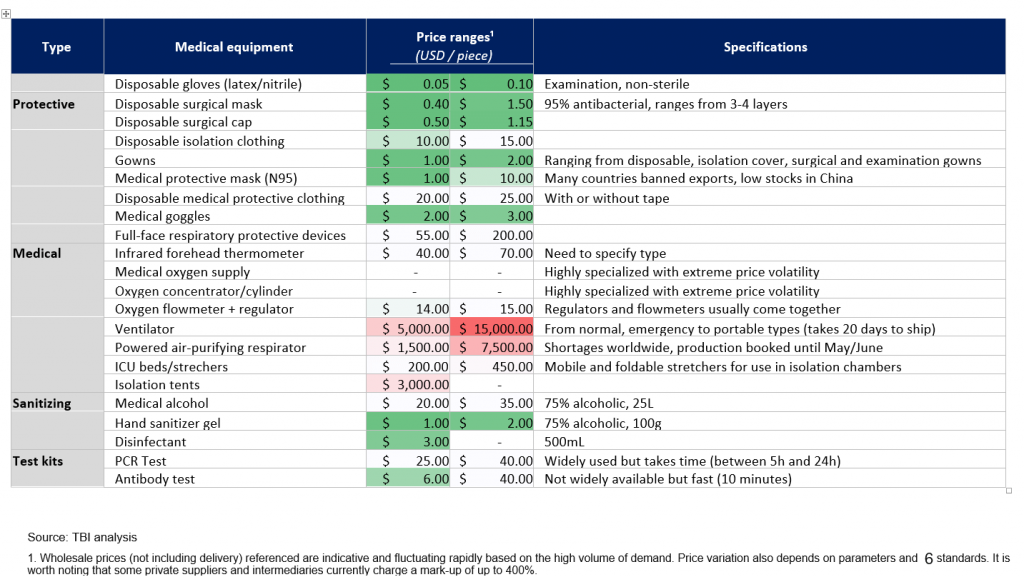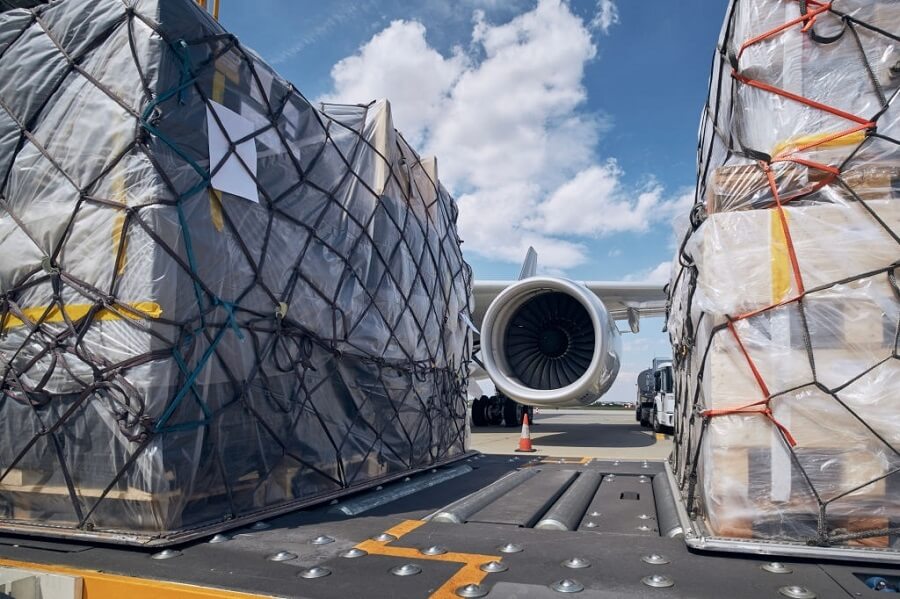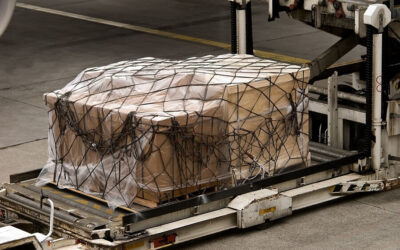How to Ship Medical Equipment and Mask: Step-By-Step Guide
In response to the ongoing global challenges posed by the COVID-19 epidemic. Recently, medical masks have been in high demand. While the quarantine regime is in place, many hospitals, pharmacies, and strategic enterprises require medical masks, ventilators, and personal protective equipment (PPE).
The Food and Drug Administration (FDA) maintains to protect public health by reviewing deliveries of medical equipment available for import during the COVID-19 epidemic.
In this article, we discuss how to ship certain medical devices, how to ship PPE and surgical masks, why choose airfreight, things you should know, key players, key challenges, and the average cost of shipping medical equipment.
Whether you are a corporation, a non-governmental agency, or an independent seeking for rapid worldwide delivery of medical supplies and preventive health wear such as gowns, face masks, N95 respirators, hand gloves, eye and foot safety, and other medical goods. You may transport your medical supplies in a different method that is all secure.
From pre-planning to ensuring your medical equipment arrives properly and check the rates of several couriers to pick the right one for you in terms of price and speed.
Let’s find out what procedure we should follow to ship PPE (personal protective equipment) and Surgical masks overseas by airfreight.
Table of Contents
How to Send PPE (Personal Protective Equipment) and Surgical Masks Abroad by Airfreight?
For delivering medicines, the choice between ocean shipping and air shipping may appear obvious if time is the primary concern when transporting sensitive medical supplies and drugs. Control, environmental concerns, and expense are now all factors to consider when selecting a mode of transportation.
Why should we choose air freight for shipping medical equipment?
A delay in getting pharmaceuticals with a limited lifespan might be the gap between the medicine working properly or not. If too many half-lives have gone, the treatment may be deemed ineffective. Some medicines may lose effectiveness during the weeks expected for sea passages.
That’s the reason airfreight is the best option because it delivers items rapidly, however, this may be the single perk of air delivery. Well, it’s more pricey. However, in cases when time is more important than money, such as clinical studies or radioactive medicines with limited half-lives, the speed of air freight compensates for the considerable cost.
Why does it matter?
Global shortages of medical equipment and procurement delays are worsened by border restrictions and logistical bottlenecks. Ventilators and therapy are also unlikely to be available or adequate for an extended period, highlighting the necessity of lower-intensity technology solutions in developing contexts.
Priority should be placed on avoidance (protective equipment, thermometers, and dedicated medical facilities), as well as guaranteeing the safety and proper training of healthcare professionals.
Things You Should Know About Shipping Medical Equipment Abroad
When shipping medical equipment abroad, it is essential to comprehend the laws in both the export and import regions. Following things, you must keep in mind for shipping equipment overseas.:
- Deliveries should be packed accurately.
- keep up with customs regulations in a range of international regions
- Products ought to be FDA-approved before they will be transported.
- Keep additional documentation of certification and permissions for the foreign government.
- A Certificate of Exportability is needed by FDA
Who are the Key Players for Shipping Medical Devices?
Some folks can assist or have an impact on the effective shipment of medical supplies anywhere in the world.
Supplier: This is the firm that provides medical supplies, such as instruments, supplies, and medicines.
Shipping company: This is the firm in charge of transporting supplies from place To place. In some situations, you may use a well-known international carrier, but in many cases, you will hire a specialized shipping service with expertise in transporting commercial cargo.
Freight forwarder: These firms serve as organizers for complicated shipments. They can arrange numerous shipping firms, serve as your customs agent, and assure ultimate delivery to the destination within the region.
Customs office: The local official who will evaluate all arriving cargo is the international trade administration office. Even when goods are covered by a courtesy letter, the customs agency has the authority to inspect and reject entrance.
How Should Medical Supplies and Equipment be Packed?
If you need to transport surgical masks, N95 respirators, gowns, foot, and eye protection, disposable gloves, or bulky diagnostic supplies like ultrasound, ECG, MRI scanners, or X-Ray scans overseas by courier, and how they should be packed then read these instructions.
What you need to do:
- Examine the authentic product’s labeling of medical items.
- Carrier bags can be used to store smaller objects.
- Using bubble wrap or cling film, individually protect diagnostic supplies.
- Place smaller gadget parts in foam-padded cardboard cartons. As a cushioning material, folded paper or packing peanuts can also be used.
- If the things you’re sending have jagged corners, enclose them with cardboard debris and bubble wrap.
- Use sticky tape to seal the package.
- If your surgical instruments cannot be disassembled, secure them with ties on a pallet.
What documents are used for shipping Medical supplies?
Key documentation that you must keep for shipping Medical devices:
- Airway bill
- Shipper’s letter of instruction
- Consular Invoice(issued from the counselor’s office from the country you are exporting)
- Commercial invoice
- Certificate of Origin
What are the key challenges?
Some key challenges are listed below just in case:
- Data availability, reliability, and accuracy of prediction models
- Fluctuating shipping prices and limited shipping capacity
- Lack of coordination platforms
- Supplier reliability, timely manufacturing/deliveries
- Needs assessment and adapting/applying guidelines to context
- Freight restrictions and shipping bottlenecks
Medical Equipment Procurement Benchmark

What is the average cost for shipping Masks and Medical Equipment Shipment?
The expense of air transport is higher when compared to other methods of transportation such as sea or road. Furthermore, the pricing is determined by the quantity of your shipment.
If you want to know further about shipping costs then you need to read How much does Air freight cost?
How freight forwarders can help you to ship Medical equipment?
A professional freight forwarder will handle fragile hospital supplies such as CT scanners, lasers, photography, and surgical testing equipment and use specific packaging materials to offer sturdy and secure cushioning and bracing.
Qafila has skills and experience you can rely on to manage large, bulky, and sensitive medical instruments, as well as machinery including sensitive lasers, lenses, and gauges that require particular care. These products cannot be generally installed in any container and are expected to withstand the demands of shipment, which is why Qafila is focused on the specialized processes for both medical equipment shipping and packing.






